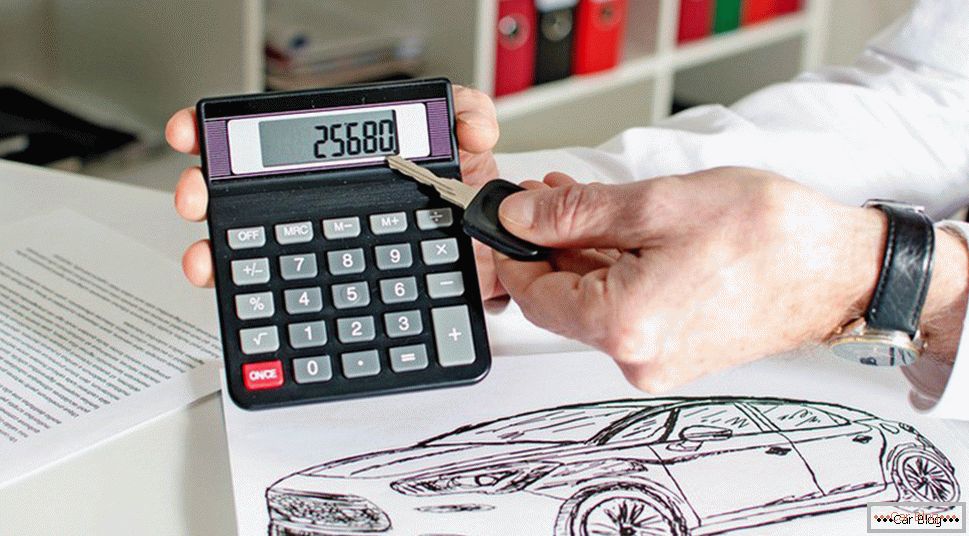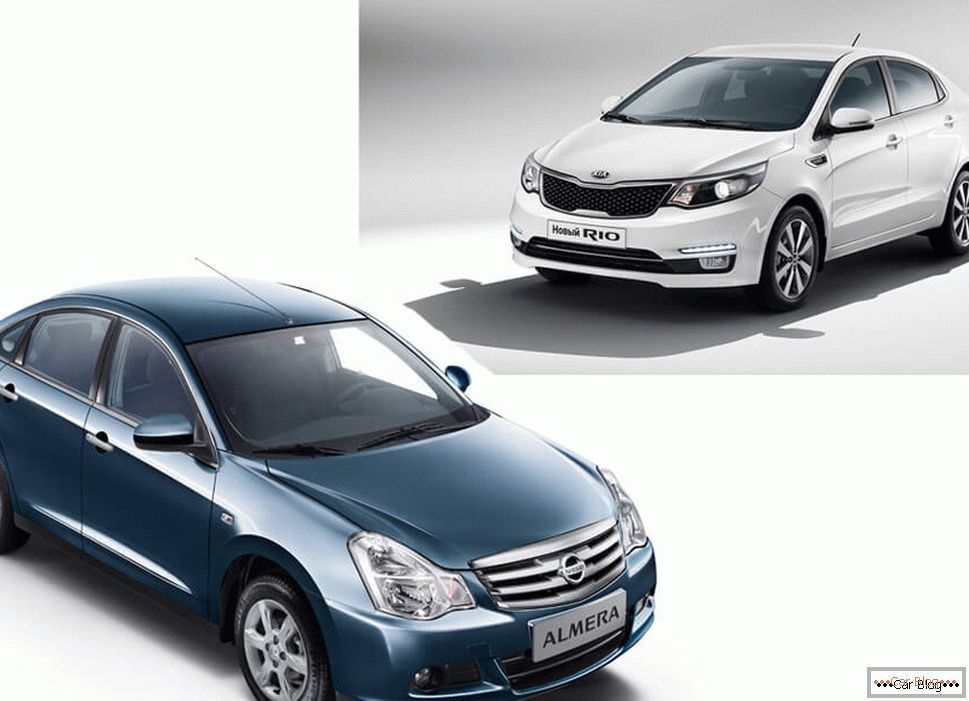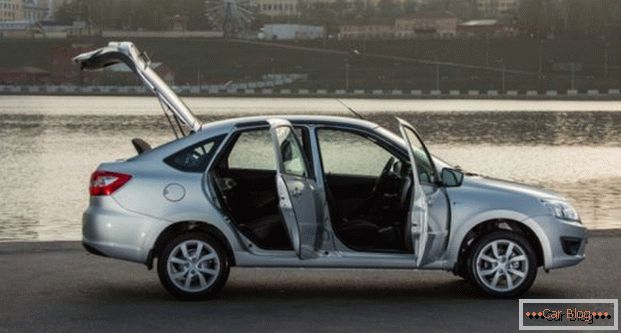Absolutely every car has a gearbox. The box is needed to change gear ratios, in simple terms - the change in torque. Torque is transmitted from the motor to the wheels, which are equipped with leading drives.
Depending on the car, front or rear wheel drive, the design of the transmission does not change. In addition to the front speeds, the gearbox allows the car to move backwards. A transmission is always provided in the gearbox, which allows the engine to separate the engine from the wheels, because it is impossible to change the transmission without a transmission. Any manual transmission also has a neutral gear that will allow you to roll forward or keep the engine running without holding the clutch pedal.
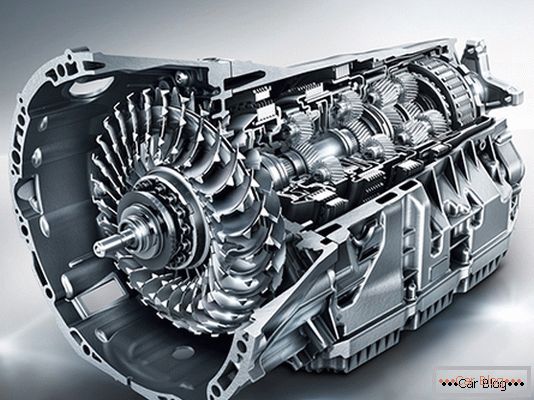
Types of PPC
There are four types of gearboxes:
- Mechanics;
- machine;
- robot;
- stepless variator.
The difference of all these transmissions is significantly different from each other.
MKPP
In the mechanical box we are talking about the forced off switching on or off the gear by pressing the clutch pedal. So the manual transmission will not give you the opportunity to move smoothly without squeezing the clutch pedal. Perhaps, of all the available gearboxes, manual amendment is considered the ancestor of gearboxes.
Robot
Довольно новое изобретение — это роботизированное устройство переключения передач. Сходство «робота» с MKPP конечно есть, можно сказать, что оно находится на одном уровне с механикой, и коэффициент полезного действия у них схожий. По правде сказать «робот» это та же механика, только плавность хода автомобиля переключения передач становится намного приятнее. Можно сказать, что это бюджетная Automatic transmission.
See also: Hatchbacks Opel Corsa and Citroen C3 - types of transmissionAutomatic transmission
The appearance of an automatic transmission in the 50s of the last century was a big breakthrough in mechanical engineering. Automatic transmission like a "robot", but the smoothness of the inclusion of transmission of course much higher. This box allows you to have only two pedals in the car, gas and brake. There are several drawbacks to the automatic transmission. Firstly, such a box is much heavier than a mechanical one, since there are planetary gears in it, and not just gears. All levers replace complex hydraulics, an increase in friction linings. All this makes the car heavier, making it a little slower, and increases fuel consumption.
The principle of operation of manual transmission
The main purpose of the manual gearbox is to change the gear ratio. It allows you to set the necessary speed and force transmitted by the engine through the main gear to the wheels.
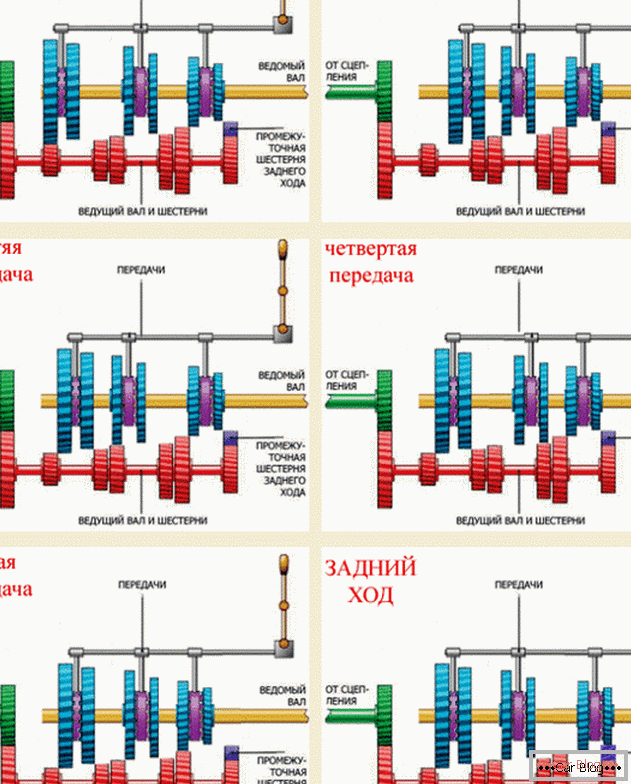
Let's try to imagine it. I propose a common option. A manual gearbox is a gearbox with a set of shafts and gears (gears), the case of which is covered with a lid with a gear lever on the top, and shift forks are installed on the bottom of the slide (they move the clutches with synchronizing devices that engage with the corresponding pair of gears.)
The force through the clutch is transmitted to the drive (primary) shaft and then through the gear wheels to the intermediate one. Usually they constantly rotate. Slave (secondary) shaft, though located on the same axis with the leading, but rotates separately.
See also: What is hydraulic clutch and where it is appliedAnd now the main thing. To engage the gear, squeeze the clutch and move the power lever, thereby moving the fork with the synchro device. Gears engage and rotation is transmitted to the driven shaft.
The combination of pairs of corresponding gears depends on the position of the lever and the gear engaged. So, with light movement, the speed and effort on the wheels change.

